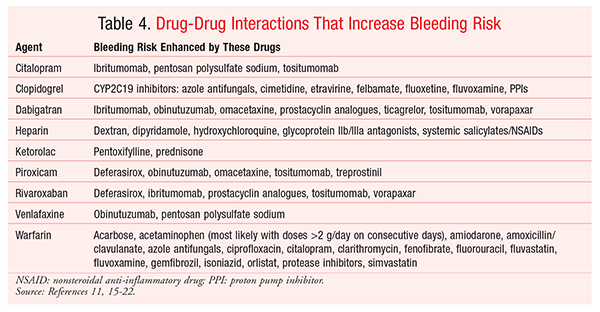

Included below are affiliate links from Amazon at no additional cost from you. is a participant in the Amazon Services LLC Associates Program. These are the nursing books and resources that we recommend. Saunders comprehensive review for the NCLEX-RN examination. Medical-surgical nursing: Concepts for interprofessional collaborative care. Nursing care plans: Diagnoses, interventions, & outcomes. Nursing diagnoses handbook: An evidence-based guide to planning care. Rationale: The CBC provides essential information about the patient’s hemoglobin and hematocrit levels, which can indicate the extent of blood loss and the need for further interventions such as blood transfusions. Desired results include stable hemodynamic status, adequate tissue perfusion, restoration of fluid balance, relief of pain, understanding of medication management, and adherence to the treatment regimen. The expected outcomes may vary based on the severity of the GI bleed and the patient’s overall health.
#Gi bleed black stool skin#
Signs of hypovolemia such as thirst, decreased urine output, and cool clammy skin.Blood in the stool (melena or hematochezia).Presence of blood in vomit (hematemesis).

Reports of previous episodes of GI bleeding Objective:.

History of recent gastrointestinal surgery or procedures.Complaints of abdominal pain or discomfort.Defining Characteristics of GI Bleed: Subjective: This condition can range from minor, self-limiting bleeding to severe, life-threatening hemorrhage. GI Bleed refers to the loss of blood from the gastrointestinal tract, which includes the esophagus, stomach, small intestine, or large intestine.


 0 kommentar(er)
0 kommentar(er)
